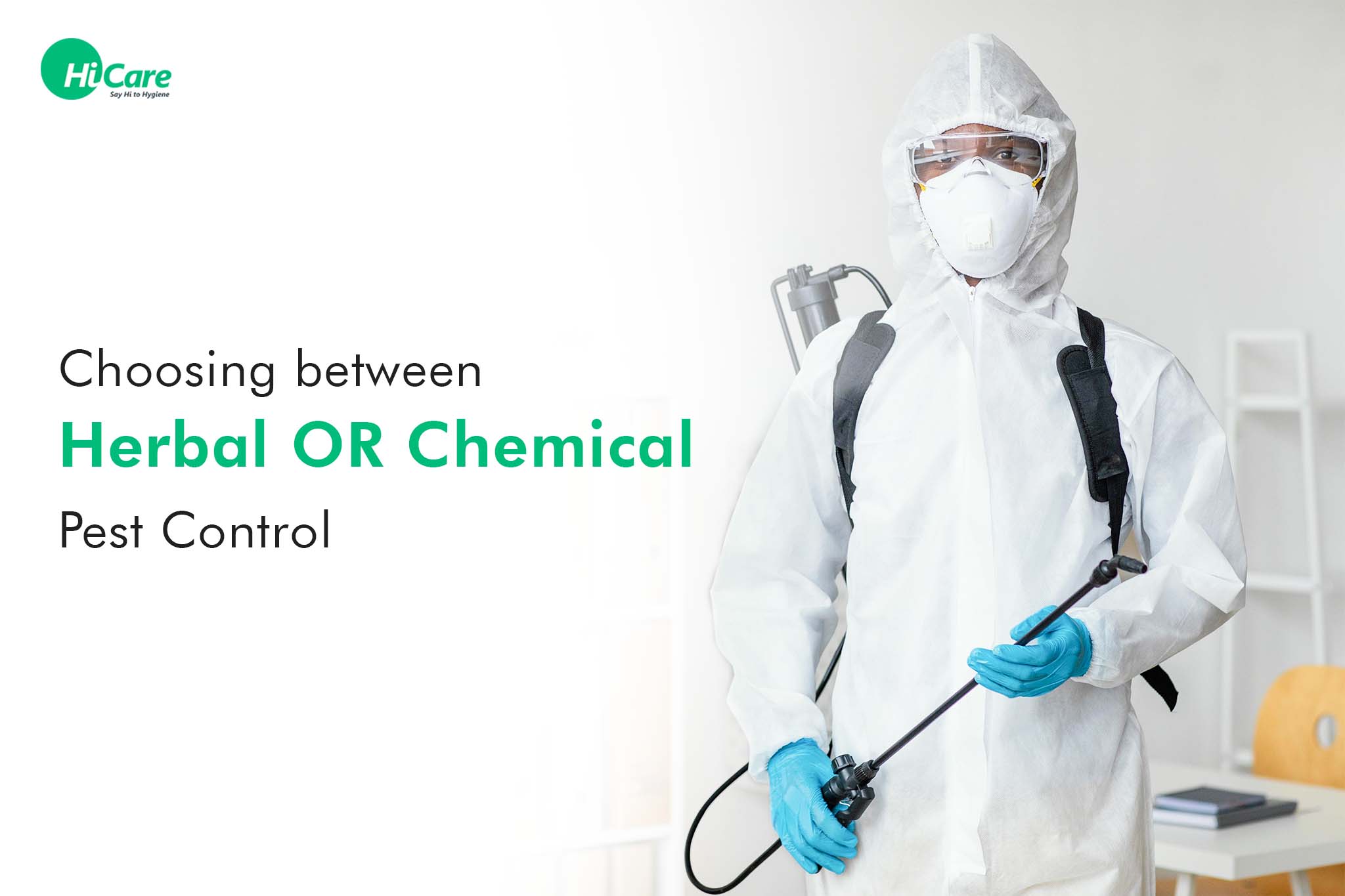A1 Charlotte Pest Control Companies - Your Neighborhood Pest Professionals
A1 Charlotte Pest Control Companies - Your Neighborhood Pest Professionals
Blog Article
Bed Pest Treatment Failure: Comparing Chemical Vs. Non-Chemical Solutions
In the realm of insect control, especially when managing the consistent problem of bed insects, the choice between chemical and non-chemical treatment remedies can be a pivotal one. Both methods supply distinct advantages and downsides, affecting elements such as efficiency, safety and security considerations, and total expense. By analyzing the nuanced information of each method, a clearer understanding of which path to go after in attending to a bed pest invasion can be obtained.
Efficiency of Chemical Therapies
Chemical therapies for bed insect problems have actually been extensively acknowledged for their potent and fast efficiency in removing these insects. When thinking about the performance of chemical treatments, it is critical to recognize that they can provide a thorough and quick remedy to a bed insect problem. Expert pest control specialists usually rely upon insecticides to target bed insects at various stages of their life cycle, consisting of nymphs, eggs, and adults. These chemicals generally work by disrupting the bed bugs' nervous system, causing paralysis and ultimate death.
Moreover, chemical treatments have the advantage of using residual results, implying that they can remain to remove bed bugs even after the initial application. This residual action is especially advantageous in combating any possible re-infestations. In addition, the rapid action of chemical treatments can bring relief to people encountering extreme bed pest problems, enabling them to gain back control of their home promptly.
Safety Worry About Chemical Solutions
One vital facet that needs cautious factor to consider when utilizing chemical solutions for bed bug treatment is ensuring the security of owners and the atmosphere. While chemical therapies can be efficient in eliminating bed bugs, they may posture threats otherwise managed properly. One of the primary safety concerns with chemical options is the potential harm they can cause to human health and wellness. Exposure to particular chemicals used in bed insect treatments can bring about breathing concerns, skin irritability, or various other adverse reactions, especially in individuals with pre-existing problems or level of sensitivities. Furthermore, inappropriate application or dosage of chemical pesticides can result in hazardous residues lingering in the cured location, positioning long-lasting health risks to residents.
Furthermore, the ecological effect of chemical remedies is an additional substantial factor to consider. Some pesticides utilized in bed pest treatments might be hazardous to helpful bugs, wildlife, and communities if they leach pest extermination service right into the soil or water systems. It is important to use chemical treatments carefully, adhering to safety standards, and considering less toxic alternatives to mitigate these threats and make certain the reliable and risk-free administration of bed bug invasions.
Advantages of Non-Chemical Approaches
Thinking about the prospective safety and security worries and environmental impact associated with chemical remedies for bed pest treatment, exploring non-chemical approaches provides an encouraging option with several unique benefits. Non-chemical therapies are environmentally pleasant, as they do not add to air or water air pollution, making them a lasting choice for bug control.
Furthermore, non-chemical services can be effective in targeting bed bugs, including hard-to-reach areas where chemical therapies may not permeate - A1 bed bug exterminator charlotte. Techniques such as warmth treatment, vacuuming, heavy steam cleansing, and mattress encasements offer comprehensive obliteration without the usage of damaging chemicals.
Limitations of Non-Chemical Treatments

In addition, non-chemical treatments often call for numerous applications spider removal to achieve successful removal. This can be time-consuming and may not constantly ensure complete removal of all bed insects and their eggs, particularly in hard-to-reach or surprise places.
In addition, the success of non-chemical treatments greatly counts on appropriate implementation and thoroughness, which can be testing for individuals without redirected here professional know-how. Poor application of non-chemical methods might lead to insufficient eradication, bring about persistent problems and the demand for extra treatments.
As a result, while non-chemical therapies have their advantages, it is necessary to recognize these limitations and consider them when identifying the most effective approach for handling bed bug infestations.
Price Contrast: Chemical Vs. Non-Chemical Options
Provided the constraints associated with non-chemical treatments, a vital facet to review in the context of bed insect management is the price comparison between chemical and non-chemical options. In contrast, non-chemical therapies like warmth therapy or vapor can be extra expensive, with costs ranging from $1,000 to $6,000 for an entire home. While the first price of chemical therapies might appear lower, several therapies may be called for to completely get rid of the problem, potentially raising the general cost.
Final Thought

Considering the prospective safety and security problems and environmental influence associated with chemical options for bed pest treatment, checking out non-chemical techniques offers a promising option with several unique benefits.Provided the limitations linked with non-chemical therapies, an essential facet to assess in the context of bed insect administration is the expense contrast between chemical and non-chemical options. In contrast, non-chemical treatments like warmth therapy or steam can be a lot more pricey, with costs ranging from $1,000 to $6,000 for an entire home. While the first expense of chemical treatments might appear reduced, multiple therapies might be needed to totally get rid of the infestation, potentially boosting the general cost.In verdict, when contrasting chemical and non-chemical bed pest therapy alternatives, it is crucial to consider effectiveness, security, benefits, constraints, and expense.
Report this page